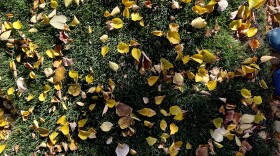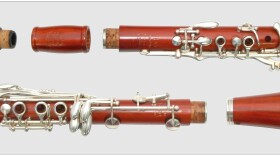
TreeNote
TreeNote is a two minute weekly feature from renowned ecologist Dr. Nalini Nadkarni and KUER. Listen on podcast or on YouTube.
Episode List
-
These two tree resins have a long human history, and these days are in danger of being over sourced.
-
Orchestras are full of wooden instruments, but the piece that unifies the group is the one that most of us forget about.
-
You've seen coconuts, but what about the giant — and wonky — double coconuts?
-
The first time I helped my mom make a pumpkin pie for our Thanksgiving dinner, my job was to retrieve the spaces for the filling. I knew what cinnamon and nutmeg were, but what in the world was allspice?
-
It's that time of year when nature goes all-in on leaf demolition. So, what's the process?
-
In the four decades that I've studied treetop biology, I've always focused on canopy-dwelling plants. But forests also support a fascinating array of arboreal animals.
-
One of my favorite traits of maple trees is how they distribute their seeds.
-
If you look up at a forest canopy, you might see what look like tangled clusters of twigs scattered among the branches.
-
Trees grace many works of fiction. Think of the magnificent treehouse in “The Swiss Family Robinson,” a beautiful, elevated place of safety on a deserted island.
-
Clarinets are made from a tree in the rosewood family, a dense hardwood that allows makers to create instruments with long vibrations and resonant tones.










